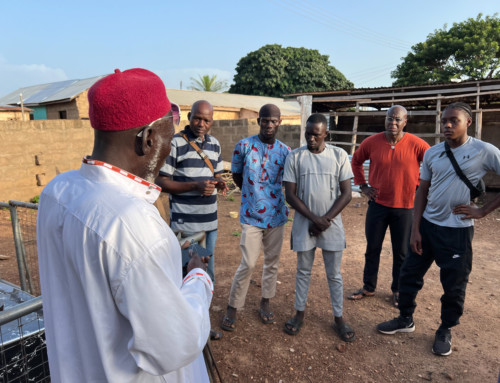It’s pretty hard to deny that the weather across the globe is profoundly changing.
But Fortune, reporting on a study of the International Energy Agency in Paris, notes that the forced march away from hydrocarbons that some environmentalists want for the U.S. just got a bit more difficult: Hydrocarbon prices continue to drop, the U.S. is quickly becoming the dominant player in oil and gas, and we will stay on top for decades to come – in oil alone, a ramp up in output from less than 15 million barrels equivalent per day to over 31 million barrels.
The U.S. will also be the world’s biggest exporter of clean(er) burning natural gas in the 2020s.
The surge in and abundance of American oil and gas may seem to be a step backward in the face of calls for radical global cleansing. After all, natural gas is still a hydrocarbon, but keep in mind that most of our gas will be exported to China, India and Southwest Asia to help them drop dependency on far dirtier coal. That transition will reduce carbon emissions abroad, and the economic boost at home will drive technological advances not just in energy, but in sciences and infrastructure.
The overall increases in national fuel stocks is a singular gift of entrepreneurial energy, break-through technology and a resulting shale (aka “fracking”) revolution that all had its birth here in Texas – beginning in the Permian Basin decades ago with some of the original engineering research supported by the brightest minds of Texas A&M in College Station.
The latest action on the gas front is coming from the East Coast where the oil industry began more than a century and a half ago. The Marcellus Shale formation beneath about 60 percent of Pennsylvania’s total land mass, and the Utica Shale formation 9,000 feet beneath Pennsylvania, Ohio and New York State, are now together delivering millions of cubic feet of natural gas to U.S. and world markets with much, much more to come.
No one predicted the abundance that has come from the fracking revolution, but it has unleashed Texas technology at its finest and you just can’t rope and tame technological change in a day or two. And who would have ever predicted the rapid rise of wind power in hydrocarbon-rich Texas? Combine current prospects for expanding supplies of cheap natural gas and further taming the wind, which is almost free, and analysts now predict that coal will fall from 34 percent of Texas power generation to 6 percent in our state by 2035.
We forget that introducing wind turbines, that second revolution in energy in Texas, didn’t happen overnight. It took the steady, patient expansion of the state’s transmission capacity, careful planning, substantial technical advances (these are not grandpa’s prairie windmills) and market reforms backed by the state government of one Rick Perry, who is now the U.S. Secretary of Energy.
Curious title, that, since the Secretary of Energy has precious little to do now with most of what we think of as the energy market; he controls neither hydrocarbon sales, solar energy licensing, nor even the way the wind turbines spin across the Texas ranches and prairie lands. Despite the title, most of Rick Perry’s duties are narrowly focused on nuclear energy and weapons. (He’s doing a great and careful job at that, by the way.)
All our friends in the media were amused earlier this month when he did, in an aside, mention that hydrocarbon energy is still critical to Africa where it powers vital urban and rural electrical grids across that continent. He never said that coal protects young girls from rape, despite what you read, but illuminated streets and villages definitely keep everybody safer, regardless of location, and current conventional energy supplies should not be abruptly shut off nor rapidly priced up in poorer counties to meet the sudden short-term carbon goals set by wealthier portions of the globe. We need patience … and planning.
It’s hard to counsel patience and planning to vulnerable Texas towns like Corpus Christi and Houston that have seen such severe weather devastation over the past several months. But it is a fact that we have seen harsh weather like this before – in recent Texas history even – and it is also a fact that other places across the globe have made better infrastructure plans, taken better financial precautions and suffered less physical and emotional damage from predictable natural disasters.
We can and must do better. We now have the energy, at least in Texas, to do just that.
THOMAS GRAHAM




